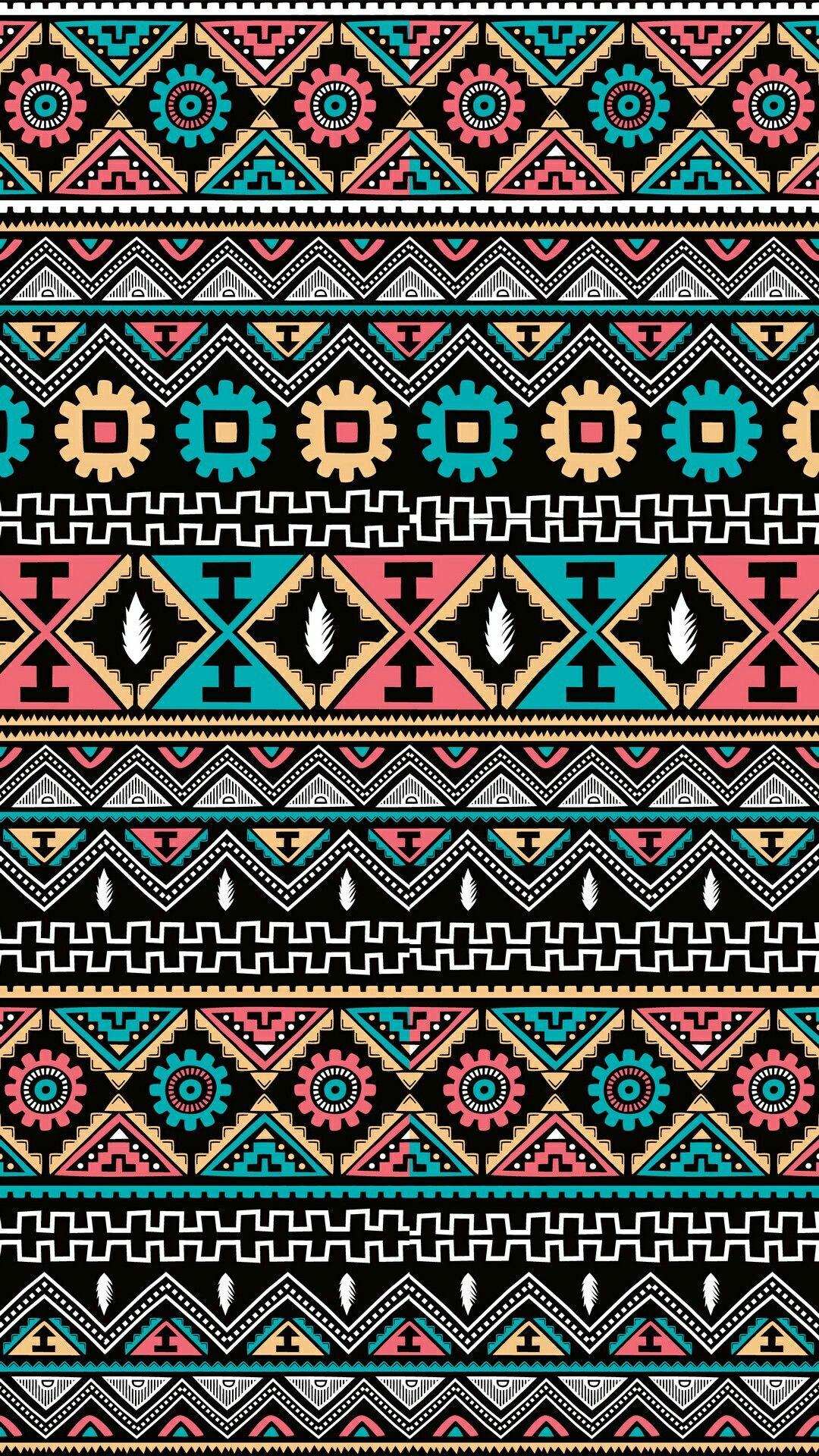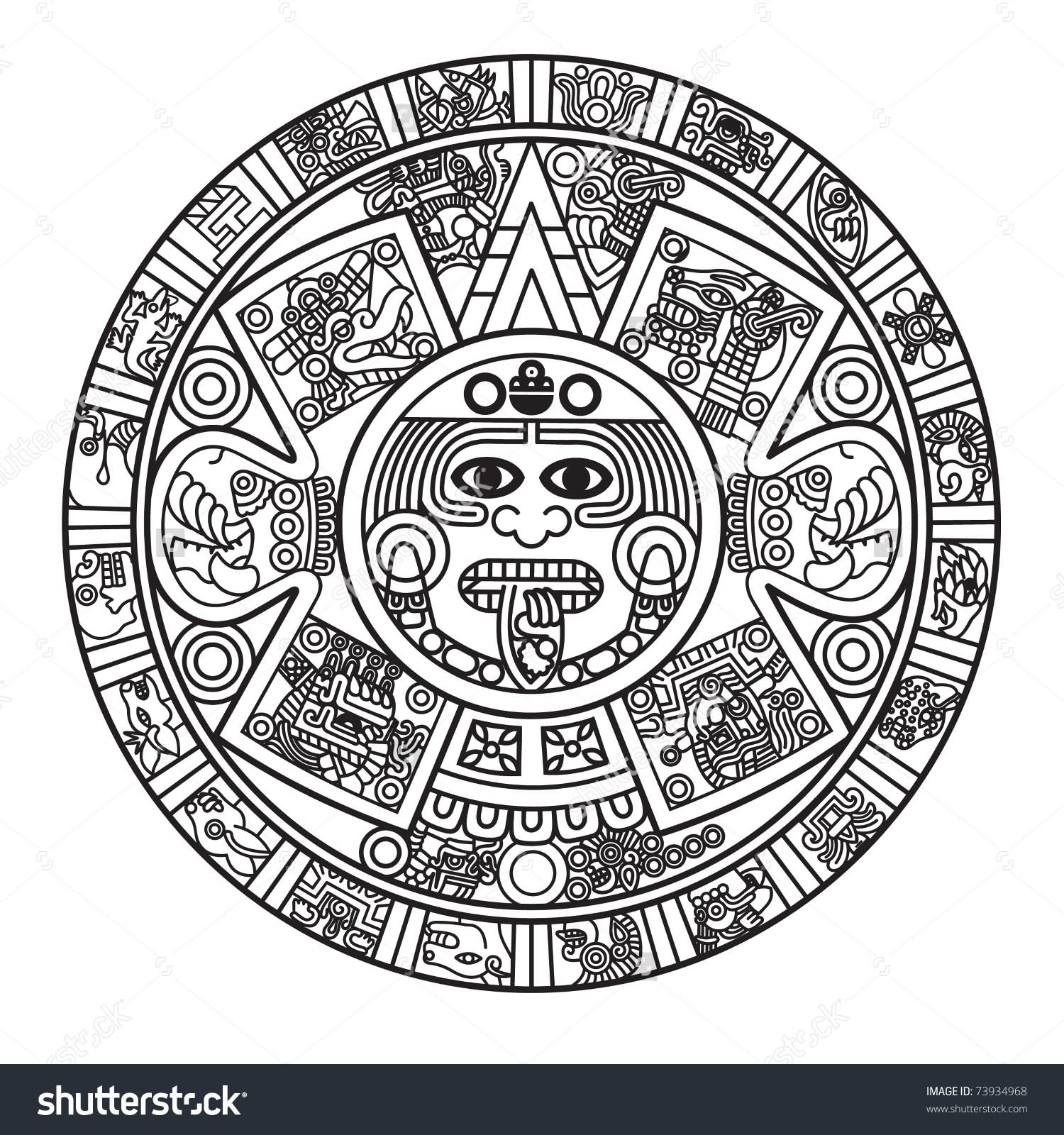Aztec Art Aztec Art Themes, Styles, Designs and Symbolism, History and Facts
Table Of Content

Aztec temples located at the top of Aztec pyramids were called “Teocalli” which means “God houses”. Aztec priests managed these temples which were used for worship, prayers, and various offering to the gods, including human sacrifice. The main religious building of the capital of Aztec Empire, Tenochtitlan, was Templo Mayor.
Spread and Influence of Aztec Art
An example of this is the Calendar Stone which makes use of a geometrical symmetry in a circular structure to show the reign of Five Sun Gods. Houses were uniform throughout most of the empire, only varying in size and ornamentation.
Cite this Article
Instead of demolishing old temples and building a new one at the same site, the Aztecs sometimes built over the existing structures, which resulted in larger and more detailed pyramids.[3] Some temples have been found to have at least four or five layers. Gods were often depicted in drawings some of which were symbolised as various animals. For instance, one of the most famous Aztec artworks is the Statue of Mictlantecuhtli who was one of the Aztec gods.
Featherwork
SDSU's Aztec Recreation Center Wins 2023 NIRSA Outstanding Facilities Award - San Diego State University
SDSU's Aztec Recreation Center Wins 2023 NIRSA Outstanding Facilities Award.
Posted: Tue, 23 May 2023 07:00:00 GMT [source]
Aztec strove to have bright-coloured designs made on their clothes and this was considered a status symbol. The Calendar stone, or the stone of Five Suns, is the most popular Aztec sculpture to have survived through the ages. The sculpture has a circular, geometric design and depicts the Five Sun Gods of the Aztec mythology. For only $5 per month you can become a member and support our mission to engage people with cultural heritage and to improve history education worldwide. As one final example of the wealth of Aztec art which has survived the best destructive efforts of their conquerors, there is the life-sized eagle warrior from Tenochtitlan.
The echoes of this ancient civilization are still heard today if we listen closely enough. The craftsmanship of Aztec art extended even to musical instruments as flutes sang songs lost with time while ceremonial drums beat tales untold. Aztec architecture, just like other components of Aztec society and culture, bore several influences from the previous Mesoamerican cultures. In addition to that, the Aztecs also added unique contributions to this architecture. The architecture of the House of Eagles consisted of a broad platform with columns, meeting rooms, and patios. Much of this, however, was destroyed upon the Spanish conquest of the Aztec Empire.
Population decline
The designs of the Aztecs were often circular or rectangular, the patterns usually made use of recurring geometric symbols while the type was nearly always religious, or having a connection to the Mayans gods. Aztecs made use of various designs in their warrior drawings, paintings and the pictographs which often adorned the walls of their temples. Different designs were tattooed on the Aztec warriors, often depicting their accomplishments or depicting one of the many Aztec gods. Aztec architectural sites include Malinalco, Tenayuca, conquered by the Aztec circa 1434.
Stone of Tizoc (c. 1480s)
Aztec clothing designs were very significant in that they defined the social status of the wearer. Aztec pictures include complex geometrical designs alongside the pictures of different animals such as jaguar, fish, birds, snakes and monkeys. Most of the animals used in Aztec pictures are related to their belief system and symbolised something of a belief. In the Valley of Mexico, where the Aztec Empire was born, tribes from the north of Mexico had been coming and settling since the 6th century.
After the siege and complete destruction of the Aztec capital, Cuauhtémoc was captured on 13 August 1521, marking the beginning of Spanish hegemony in central Mexico. Spaniards held Cuauhtémoc captive until he was tortured and executed on the orders of Cortés, supposedly for treason, during an ill-fated expedition to Honduras in 1525. Check out the video below for a deeper understanding of the most important Aztec symbols (such as the Aztec calendar stone), their culture, and what it meant to be Eagle Warriors.
Unfortunately, as with most other artefacts, these objects were melted down for currency, and so very few examples survive of the Aztecs' fine metalworking skills in gold and silver. They produced innovative works of Aztec art in the domains of architecture, sculpture, drawing, pottery, jewelry, and others. The most important influence on Aztec art was of religion and religious drawings were rich in symbolism.

For instance, the drawing of a warrior brandishing his weapon standing over an unarmed warrior represented conquest. In the absence of a written text, the hieroglyphs of the Aztec’s were rich in symbolism. The fired-clay Mictlantecuhtli Statue is one of the most famous works of Aztec art. It is a 6 feet tall statue of the Aztec god Mictlantecuhtli and was made around 1480. The Aztec stone calendar is another masterwork of Aztec art and weighs almost 25 tons. Other important works of Aztec art include the Florentine Codex, Aztec Feather Shield, and Moctezuma’s Throne etc.
The Main focus was given to building strong foundations since the soil was swampy and it could damage the foundations. Volcanic stone called tezontle was used in the construction of the base while materials such as rubble and limestone were also used in construction. Various symbols were incorporated in these pyramids and temples signifying different concepts. For instance, the symbol of eagle represented the sun and the warriors while serpents represented water or fire. Similarly, conch shell served as the symbol of fertility while various sea creatures were used as Tlaloc symbols.
Discovered in the 18th century near the cathedral of Mexico City, the stone was carved c. 1427 and shows a solar disk which presents the five consecutive worlds of the sun from Aztec mythology. Temples extolling the Aztec view of the world were also constructed in conquered territories. The most common are upright female figures of a maize deity, typically with an impressive headdress, and the maize god Xipe Totec. Like most other art, these designs were used to pay reverence to specific Aztec gods. In sculpture, Aztec art included finely carved free-standing idols in addition to bas-relief wall sculptures.
This mountain was the site where Coatlicue (the earth) gave birth to her son Huitzilopochtli (the sun), who defeated the other gods (the stars) led by his sister Coyolxauhqui (the moon). A temple to Huitzilopochtli was built on top of the pyramid along with another in honour of the rain god Tlaloc. 1473, also found at the base of the pyramid and which represents in relief the dismembered body of the fallen goddess. The Aztec’s built some of the most magnificent pyramids of the Americas from 14th to 16th centuries.
The Aztecs ruled much of central Mexico from the 14th to the 16th centuries, when they were defeated by Spanish conquistadors. Yet, understanding the Aztec Empire requires first understanding their relationships to other Mesoamerican peoples who came before them, as well as the impact these individuals had on the Aztec empire. One of the most visible links between the Aztecs and the other Mesoamerican cultures may be seen in art. The Aztec Empire is notable for many things, including the wonderful art and creative products made by the Aztecs. Aztec ancient art was greatly inspired by the Aztec people’s religious and cultural rituals. The Aztecs’ sculptures fared better, and their subjects were frequently persons from the vast pantheon of deities they worshiped.
Comments
Post a Comment